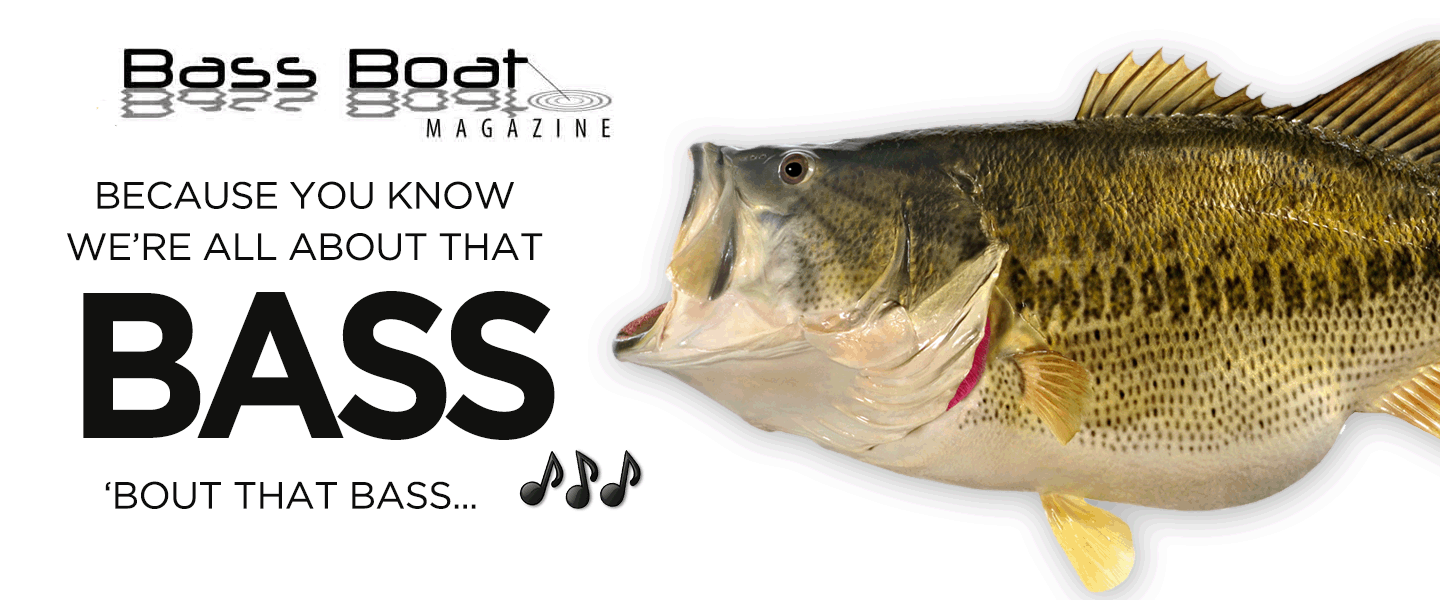CANE RIVER LAKE
The Red River cuts a swath through northwest and central Louisiana, offering great fishing over much of its path from Shreveport to Simmesport. In the fall, people catch many bass up to 9 pounds along its length and in numerous oxbow lakes off its course.
<!--end paragraph-->
<!--begin paragraph-->However, the Red River left a part of itself near Natchitoches. The Red River began changing course in 1825, threatening to leave Natchitoches, the oldest town in the Louisiana Purchase, without any significant water routes. In the mid-19th century, the U.S. Army began clearing the "Great Raft," a massive logjam extending hundreds of miles along the Red River.
<!--end paragraph-->
<!--begin paragraph-->Delayed by the Civil War, clearing work resumed in the late 19th century, and the unclogged river changed course. In 1936, engineers built a dam to stabilize the water level in the by-then-landlocked ribbon known as Cane River Lake. Today, this remnant meanders peacefully for 35 miles, part of which passes through downtown Natchitoches.
<!--end paragraph-->
<!--begin paragraph-->"Cane River Lake probably has more bass in the 5- to 7-pound range than most of our other lakes," said Ricky Moses, an LDWF district biologist in Pineville. "It's a phenomenal lake in terms of pounds of bass per acre. Some bass tournaments with five-fish stringers take more than 24 pounds to win. Cane River is a very fertile, productive system with a good forage base."
<!--end paragraph-->
<!--begin paragraph-->The state introduced Florida bass into the system in the early 1990s to increase the size of trophy bass and control forage. Now, about one-third of all fish in Cane River Lake exhibit some Florida genes.
<!--end paragraph-->
<!--begin paragraph-->"Cane River Lake is a phenomenal fishery," Moses said. "It has a lot of bass in the 2- to 7-pound range, with some in the 11-pound range. It has a tremendous forage base with lots of shad. The problem is that fish don't have to work very hard to get full. We've had bass anglers fish a bank and claim there's no fish there. We go behind them with our electrofishing boats, and they can't believe what we find."
The Red River cuts a swath through northwest and central Louisiana, offering great fishing over much of its path from Shreveport to Simmesport. In the fall, people catch many bass up to 9 pounds along its length and in numerous oxbow lakes off its course.
<!--end paragraph-->
<!--begin paragraph-->However, the Red River left a part of itself near Natchitoches. The Red River began changing course in 1825, threatening to leave Natchitoches, the oldest town in the Louisiana Purchase, without any significant water routes. In the mid-19th century, the U.S. Army began clearing the "Great Raft," a massive logjam extending hundreds of miles along the Red River.
<!--end paragraph-->
<!--begin paragraph-->Delayed by the Civil War, clearing work resumed in the late 19th century, and the unclogged river changed course. In 1936, engineers built a dam to stabilize the water level in the by-then-landlocked ribbon known as Cane River Lake. Today, this remnant meanders peacefully for 35 miles, part of which passes through downtown Natchitoches.
<!--end paragraph-->
<!--begin paragraph-->"Cane River Lake probably has more bass in the 5- to 7-pound range than most of our other lakes," said Ricky Moses, an LDWF district biologist in Pineville. "It's a phenomenal lake in terms of pounds of bass per acre. Some bass tournaments with five-fish stringers take more than 24 pounds to win. Cane River is a very fertile, productive system with a good forage base."
<!--end paragraph-->
<!--begin paragraph-->The state introduced Florida bass into the system in the early 1990s to increase the size of trophy bass and control forage. Now, about one-third of all fish in Cane River Lake exhibit some Florida genes.
<!--end paragraph-->
<!--begin paragraph-->"Cane River Lake is a phenomenal fishery," Moses said. "It has a lot of bass in the 2- to 7-pound range, with some in the 11-pound range. It has a tremendous forage base with lots of shad. The problem is that fish don't have to work very hard to get full. We've had bass anglers fish a bank and claim there's no fish there. We go behind them with our electrofishing boats, and they can't believe what we find."

